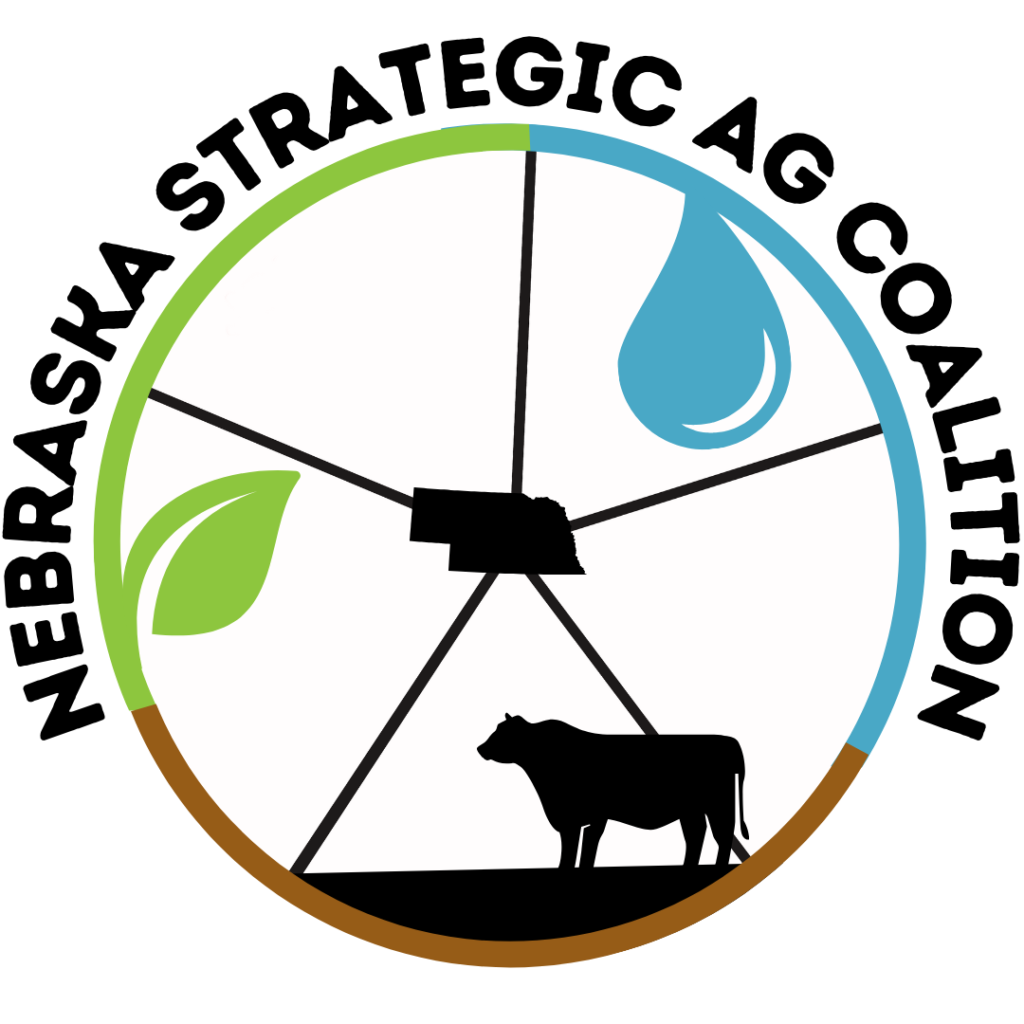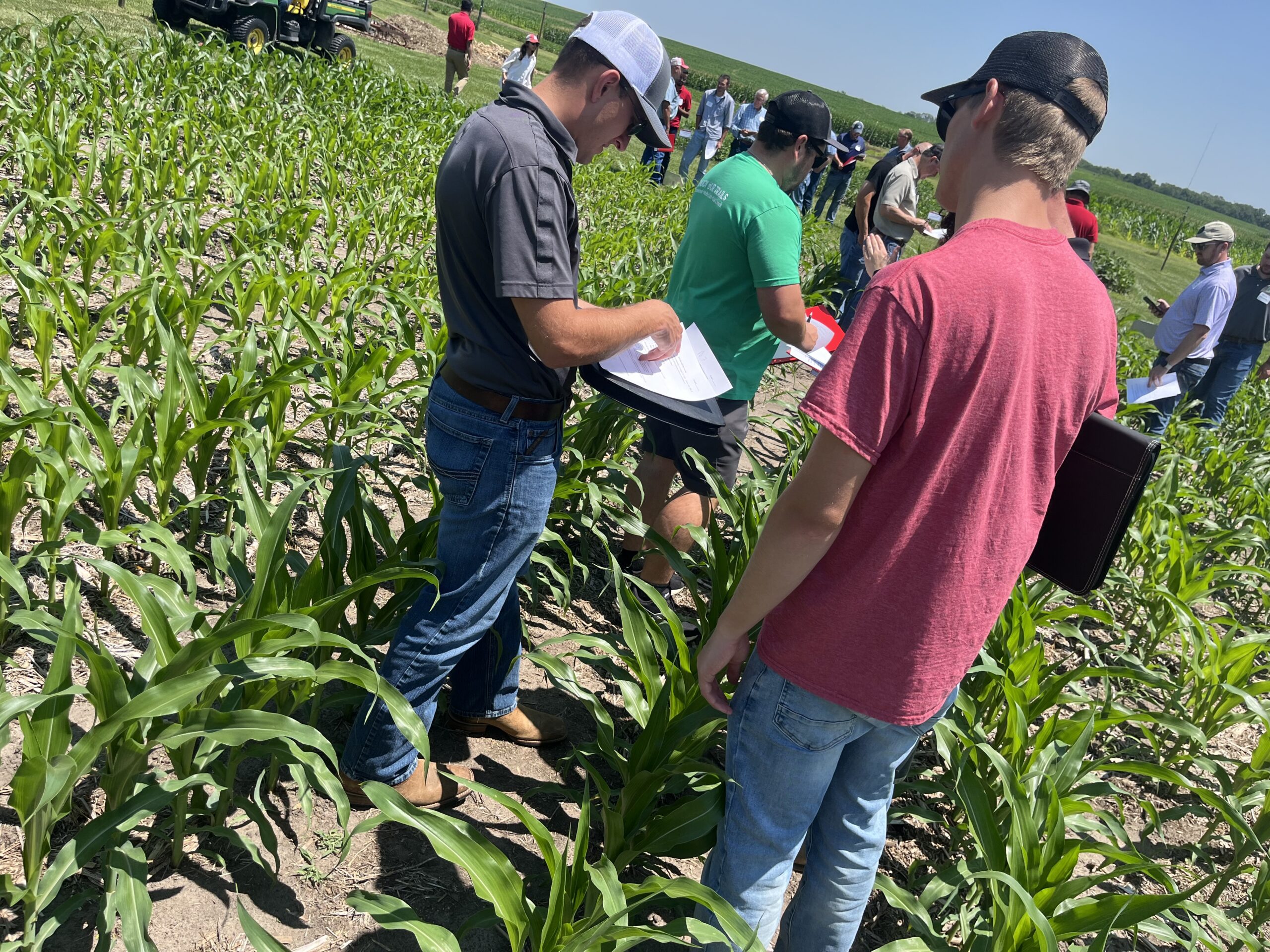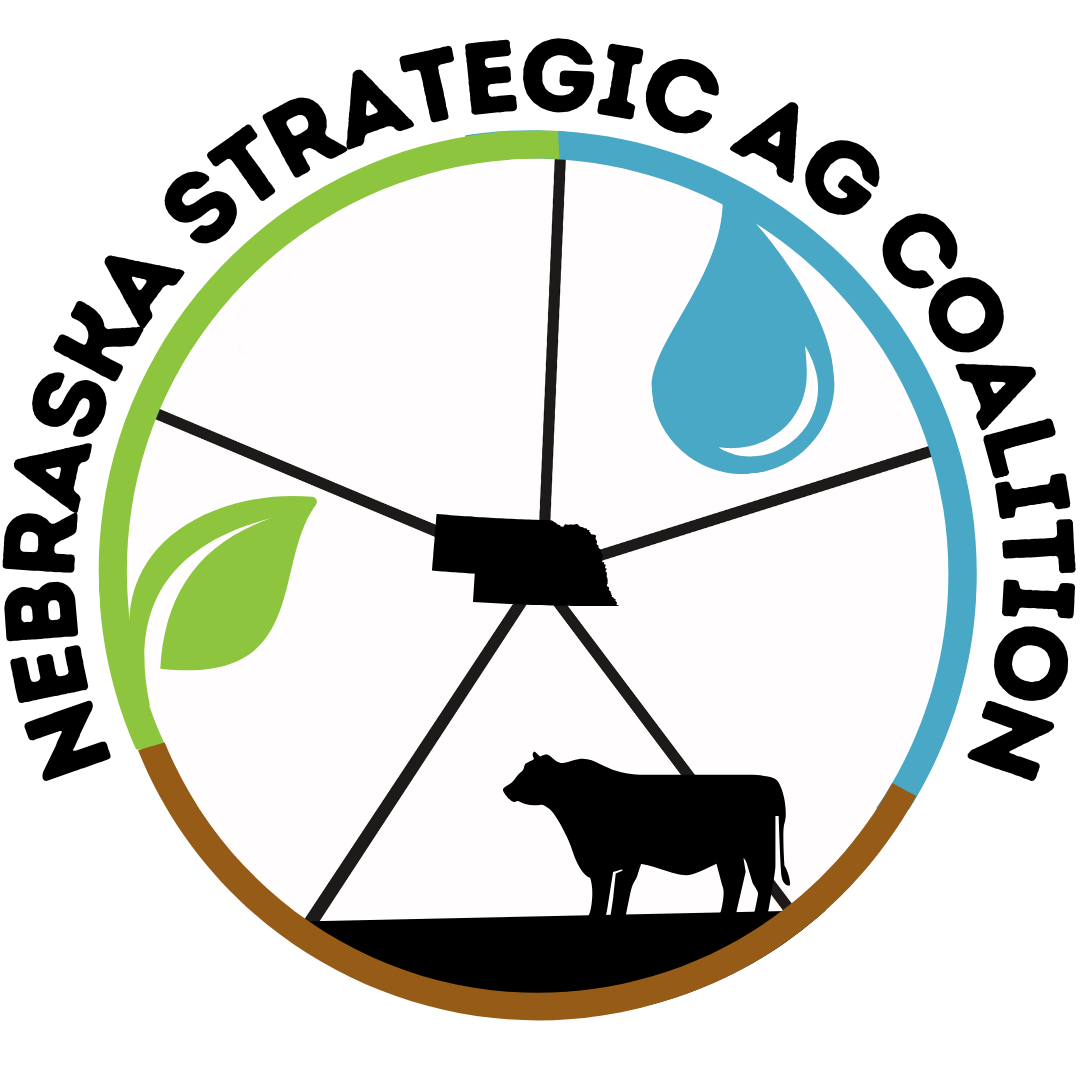inform & support
About NSAC
The Nebraska Strategic Ag Coalition (NSAC) is a statewide collaboration dedicated to advancing sustainable agriculture through the promotion of Best Management Practices (BMPs) in soil health, water quality, and livestock management. By connecting farmers with essential resources, peer networks, and opportunities, NSAC supports resilient and profitable farming across Nebraska. The coalition also focuses on emerging technologies and carbon management to enhance efficiency, productivity, and environmental stewardship in agriculture.
Pillars of NSAC
- Soil Health
- Water Quality
- Livestock Management
- Profitability

Explore Cost-Share Opportunities
learn & engage
Producer Networks


Funding Opportunities
Resource Library
The Nebraska Strategic Ag Coalition (NSAC) connects producers with cost-share programs that support the adoption of conservation practices. Through our Financial Incentives Database (FIND), farmers can discover and compare funding opportunities tailored to their operations. Our goal is to make it easier for producers to implement sustainable practices that enhance productivity and environmental stewardship.
Local Support
Technical Support Portal
Locate local agriculture and natural resource professionals. This directory offers a comprehensive list of technical support providers and their areas of expertise.

Calendar
Upcoming Events & Opportunities
Access our Events Calendar for field days, trainings and more hosted across the state.
How Can This Website Be Improved?
Did You Know?
One teaspoon of healthy soil contains 100 Million – 1 Billion individual bacteria.
Did You Know?
Earthworm populations consume 2 tons of dry matter per acre per year, partly digesting and mixing it to form healthy soil.
